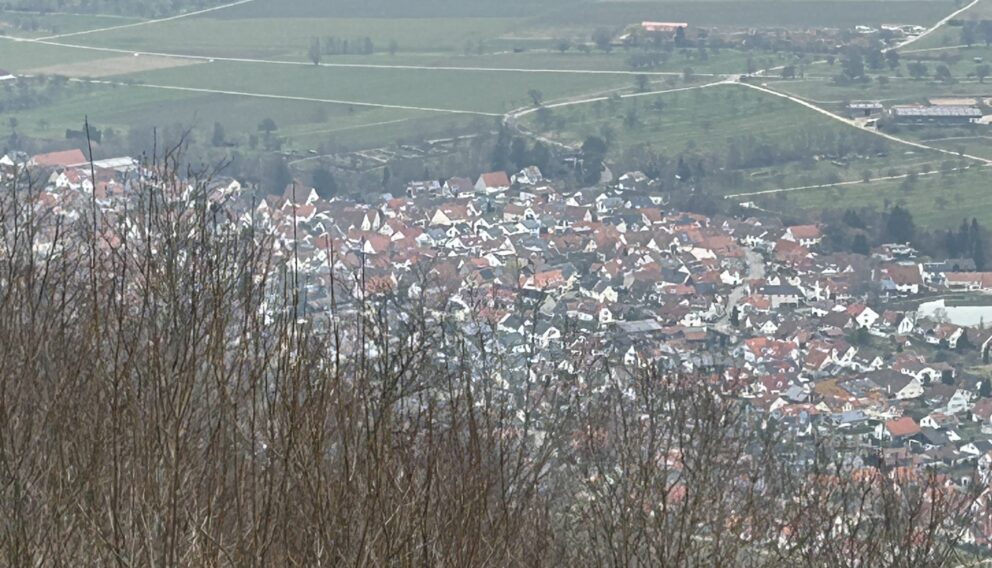Signals of Change and Continuity: Coahoma County and Bissingen

Text: Heikki Uimonen
Twenty years ago, in my ethnomusicological dissertation on sonic environments, I quoted Alan Lomax. Lomax writes that the musical history of Coahoma County, Mississippi had three periods, each signalled by a characteristic sound: a steamboat blowing for a landing, a locomotive whistling on a three-mile grade, and a Greyhound bus blaring down Highway 61. (Lomax 1995, 143-144.) Changes in the old rural culture of the Delta were brought about by means of communication. Lomax did not write about soundscapes in change, but his interpretation parallels the texts of those who do.
In terms of understanding the sonic environment, this quote is particularly interesting as ethnomusicology has influenced the development of sound studies and sound anthropology in more ways than one. Apart from the strong connection of Finnish scholars to this tradition, it is worth noting that Feld (2015) developed his concept of acoustemology as a critical commentary on Alan Merriam and John Blacking’s understanding of music as ‘humanly organised sound’. He felt it was important to extend this thinking to language and non-human sounds, as well as the sonic environment and the technological mediation of sound. Anthropology, as its name suggests, is a human-centred discipline, but it has tended to understand sound as a phenomenon of mediation and structure, when it should have focused more on the perception of sound and the processes that construct it.
SOMECO research must tackle the question: whose voices are being heard in the field? What and who are we actually listening to and whose environments are we going to analyse and report on in our sensory ethnography? We certainly hope to include all interlocutors and participants in the research, and more than humans with their agencies – even if this may seem a somewhat grandiose promise to carry out comprehensively.
As a continuation research SOMECO’s methodological choices are fairly predetermined. In addition to quantitative methods, these include ethnographic research focusing on the memories and perceptions of the villagers. However, we have agreed to experiment methodologically both on site and online. The online sound diaries completed by the students in Skruv are definitely worth developing further: not only in terms of eliciting responses from the students, but also in terms of reporting the results in digitally.
So, to get back to Lomax and his idea of signals denotating the transformation of the society. In Bissingen it turned out that instead of change church bells were referring to stability and continuity. This ubiquitous and communal soundmark was also perceiveid outside the village by non-Bissingen residents, too, and helped the researchers to define the acoustic profile of the bells. The SOMECO team experimented methodologically on this topic and collected fascinating data during our first days here. More later, stay tuned.
Lomax Alan. 1993/1995. The land where the blues began. London, Minerva.